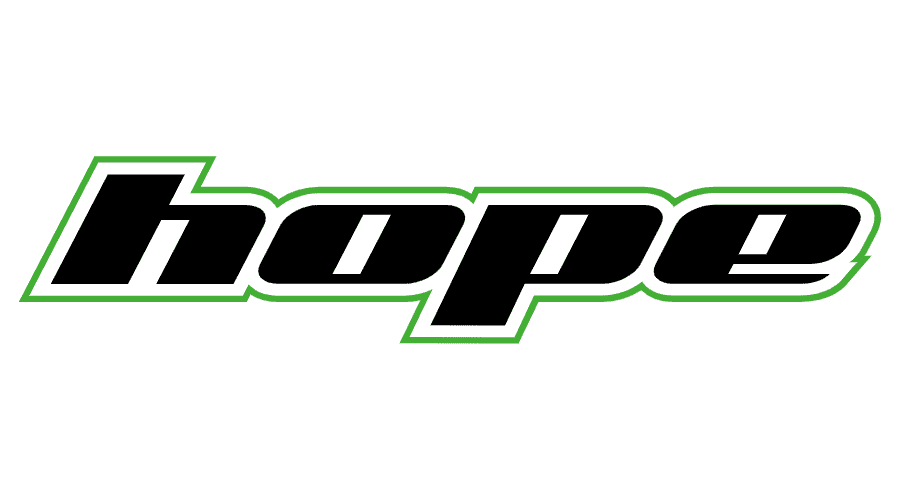There are many ways that we can stay fit and healthy. One way that a lot of people keep on top of their well being is by using complementary therapies. The term complementary therapy comes from when it is used alongside mainstream medicine. So I don’t think they should replace medicine but when the two are used together, there are many benefits. (I am a qualified masseuse and I specialise in sports massage).
The range of therapies is huge; from colonic irrigation to aromatherapy. Some people may be funny about certain therapy. If you have a thing where you can’t stand people touching your feet, then reflexology won’t be for you. If you prefer to have your back massaged then that might be a better option for you over something like acupuncture. There are lots to choose from so it just depends on what your symptoms are. You can always try some of these therapy by booking a spa day.
I know these kinds of therapies get a reputation for having a bit of a placebo effect. That may be true in some cases but if it makes someone feel better then I don’t see the problem? There are a lot of people that have shown significant health improvements using complementary therapy. So I think they are a win-win situation.
They help people to rely a lot less on medicine. Some medicines are vital for people but a lot of them aren’t. A lot of people look for a natural option that helps to relax them and make them feel good. This is true if they are stressed or worried about their health. I think the two together works so well. Complementary therapies have the thinking that you should treat the whole person and not just the symptoms of the illness. I think this is a great approach to general wellness and being healthier. They offer a more integrated approach to healing.
Another benefit is that they can ease the physical symptoms that people are feeling. As well as improving their emotional state. If you suffer from back pain, massage and acupuncture get right to the root of the problem. Taking pain killers only takes the pain away and doesn’t help in trying to repair the problem. I have been looking into Acupuncture Courses and the content looks so interesting. I’ve have benefited from these when I ruptured my Achilles tendon and calf in four places.
Therapies like aromatherapy and massage have been shown to reduce depression and anxiety in patients. Doing my work make me think why people wouldn’t bother with complementary therapies? There is a cost involved but I think the great benefits outweigh any issues with cost. Being able to have a reduction in anxiety and depression without having to speak to a counsellor or take any pills? Sounds like a fantastic option to me. So next time you are feeling a little down or unwell, speak to your GP and see if there is a therapy that they could recommend for you. Therapies are great for little niggles like fatigue, pain or digestion issues.














Social Icons